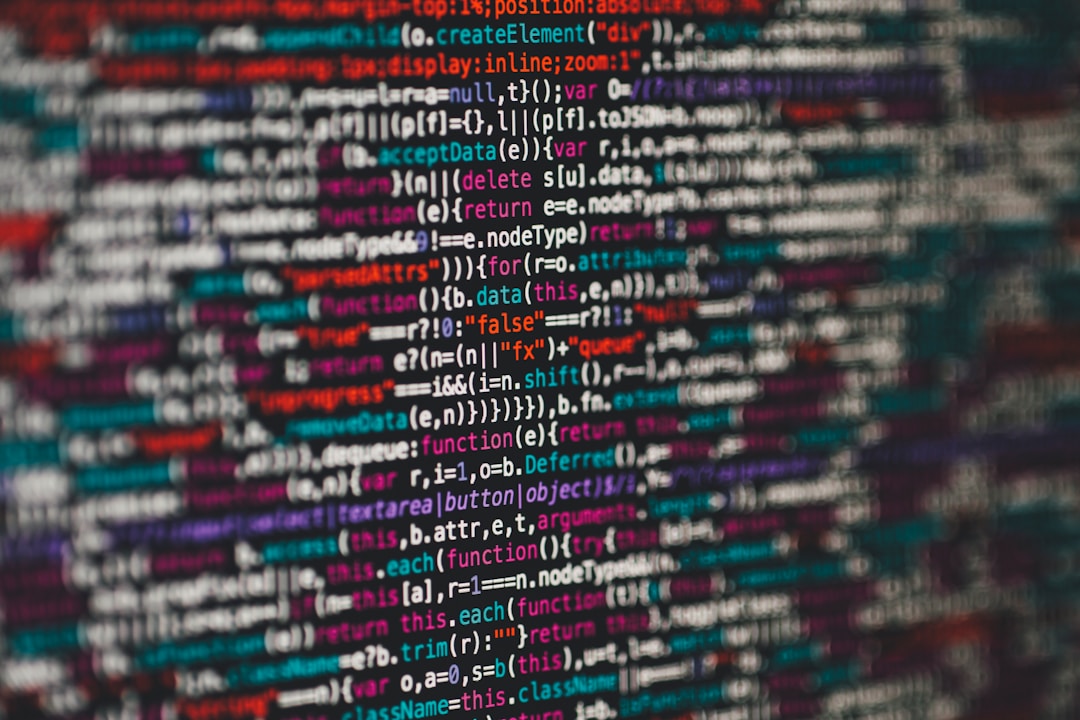Scientific advancements have helped humanity grow with every passing year. These benchmarks in the STEM (science, technology, engineering, mathematics), fields continue to aid people across the United States, and across the world, survive. The internet, hyper-personalized medicine, digital money, anti-aging drugs, AI-discovered molecules, satellite mega-constellations, and quantum supremacy are all examples of advancements in the arena of STEM which have helped humanity to prosper. One specific area within technology, worth focusing more on, is data science. This scientific method has done a lot to help push the technology prowess of our planet even further.
Data science, at its core, is the study of data. It’s as simple as that. This branch of science involves creating methods that can record, store, and analyze data. Once this is done, information is extracted from the data, so that we can gain insights and knowledge from any type of data. This science is related to other scientific areas like data mining, machine learning, and big data, and the data analytics industry employed approximately 6,500 workers in 2020. Some of the popular job positions in this field include data scientists, machine learning engineers, machine learning scientists, applications architects, enterprise architects, and data engineers. What we’ll focus on today are three commonly used tools in data analytics.
1. NP.Arange

NP.Arange is a data analytics tool that can be used by many data scientists. Explaining this in beginner terms, np.arange is a basic Python programming language function. This function is fundamental for numerical and integer computing when it comes to data science. NP arange is also known as NumPy. When it comes to the manipulation of data in Python, it’s important that a data scientists understand the NumPy array. When processing or studying data, this is the component that helps to create numeric sequences in using Python for data science.
NumPy is also an important library of information when it comes to numerical computing. NumPy is commonly used by programs and can be helpful with learning further about Python data analytics concepts. It can be used for a variety of data science-related areas or research, including understanding some of the syntaxes of this function. It can also be used to learn about the value of a dimensional array or data type (dtype). As a data scientist, if you want to continue to study and master data code, you’ll have to tackle np.arange. This can run the gamut from such activities as reviewing code or trying to find more involvement on a popular GitHub forum. Np.arange is an extremely crucial part of the data science arena.
2. Jupyter Notebook
Another popular tool used within data science is the Jupyter Notebook. Jupyter Notebook is an open-source web application. This application allows for data scientists to create and share documents that contain live code, equations, data visualization, and explanatory text. On the data science front, its uses also include data cleaning, data transformation, numerical simulation, statistical modeling, and machine learning.
Jupyter Notebook is a great data science tool for data scientists because it helps them to bring in data, code, and prose together in the same place. Further, they can use this code and prose to create an interactive computational story. Jupyter Notebook also allows data scientists to streamline their end to end data science workflows.
3. Scikit

Scikit is a library-based in Python. This tool is used for executing machine learning algorithms. Scikit is used by many data scientists to help with analysis and data science. Utilizing those machine learning algorithms, Scikit supports other features, such as data processing, classification, regression, clustering, and dimensionality reduction. Scikit is one of the best commonly used data science tools.



